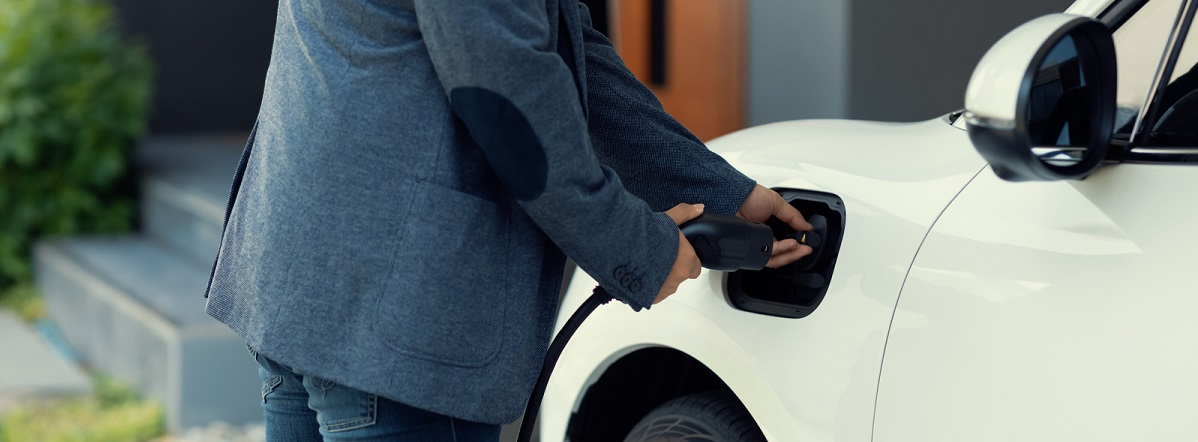
MassCEC / Clean Transportation / Funding / Vehicle to Everything Demonstration
The Challenge: Increase Access to Bi-Directional Charging
Electric vehicles (EVs) can be deployed as a grid resource when connected to the grid via “Vehicle-to-Everything” (V2X) technology. V2X systems are bi-directional, meaning that they both charge and discharge an EV’s battery, enabling EVs to send energy stored in the onboard battery to the local utility grid or to a grid-connected asset such as a building. However, V2X technologies are still relatively new, and consumers seeking to adopt such systems face a complex technical landscape that often varies from one site to the next.
About Vehicle-to-Everything Demonstration Projects
Through Vehicle-to-Everything Demonstration Projects, MassCEC is helping residential, commercial, and school districts that own or are in the process of purchasing an EV capable of bi-directional charging create a more resilient grid using EVs as energy storage.
Selected participants receive a free bi-directional EV charger, including equipment and installation. During the program period, charging data from the installed equipment will be collected and analyzed as part of the V2X Demonstration Program design. Participants may also be called upon to contribute information about their experience using the bi-directional charger.
Learn more about our other electric vehicle charging infrastructure programs.
How to Participate
The application period for this program is now closed. If you would like to be added to the mailing list for future V2X opportunities and news, please email MassCECV2X@resource-innovations.com.
Program Schedule
| Stage | Timeframe |
| Expressions of Interest Open | February - April 2025 |
| Application Requirements Announced | April 2025 |
| Applications Open | April - July 2025 |
| Cohort 1 for Residential and Commercial Selected | By early June, 2025 |
| School District Cohort Selected | End of June 2025 |
| Cohort 2 for Residential and Commercial Selected | By early July 2025 |
| Cohort 3 for Residential and Commercial Selected | By early August 2025 |
| On-Site Assessments | July - December 2025 |
| All Installations Completed | September 2026 |
| End of Reporting | December 2026 |
Resources
Frequently Asked Questions
What is the MassCEC Vehicle-to-Everything (V2X) Program?
This Program seeks to identify and implement a set of electric vehicle (EV) charging demonstration projects across the state of Massachusetts that will allow for vehicle-to-home (V2H) and/or vehicle-to-grid (V2G) capabilities and the development of guidance for V2X deployment for different use cases.
What is V2X?
For this Program, V2X describes the bi-directional power flow between an EV and an external load, such as the utility grid, a building, or a home. There are three typical specific variations of V2X: V2H (Vehicle to Home), V2G (Vehicle to Grid) and V2L (Vehicle to Load) Note that vehicles that are solely capable of V2L are not eligible for this program.
What is a bi-directional EV or EV charging station (EVSE) system?
Until recently, EVs have only been capable of uni-directional power flow from the electric grid to their batteries to charge. New technology in both EV and EVSEs has introduced bidirectional power flow to unlock additional functionality. Bi-directional means that EVs and EVSEs now allow power to flow both from the grid or home to charge an EV, and to discharge from the EV to the grid or home. This technology can be used to power buildings during power outages, offset electrical bills by powering buildings during times of high electricity prices, and send energy back to the grid for compensation.
MassCEC / Clean Transportation / Funding / Vehicle-to-Everything Demonstration Projects